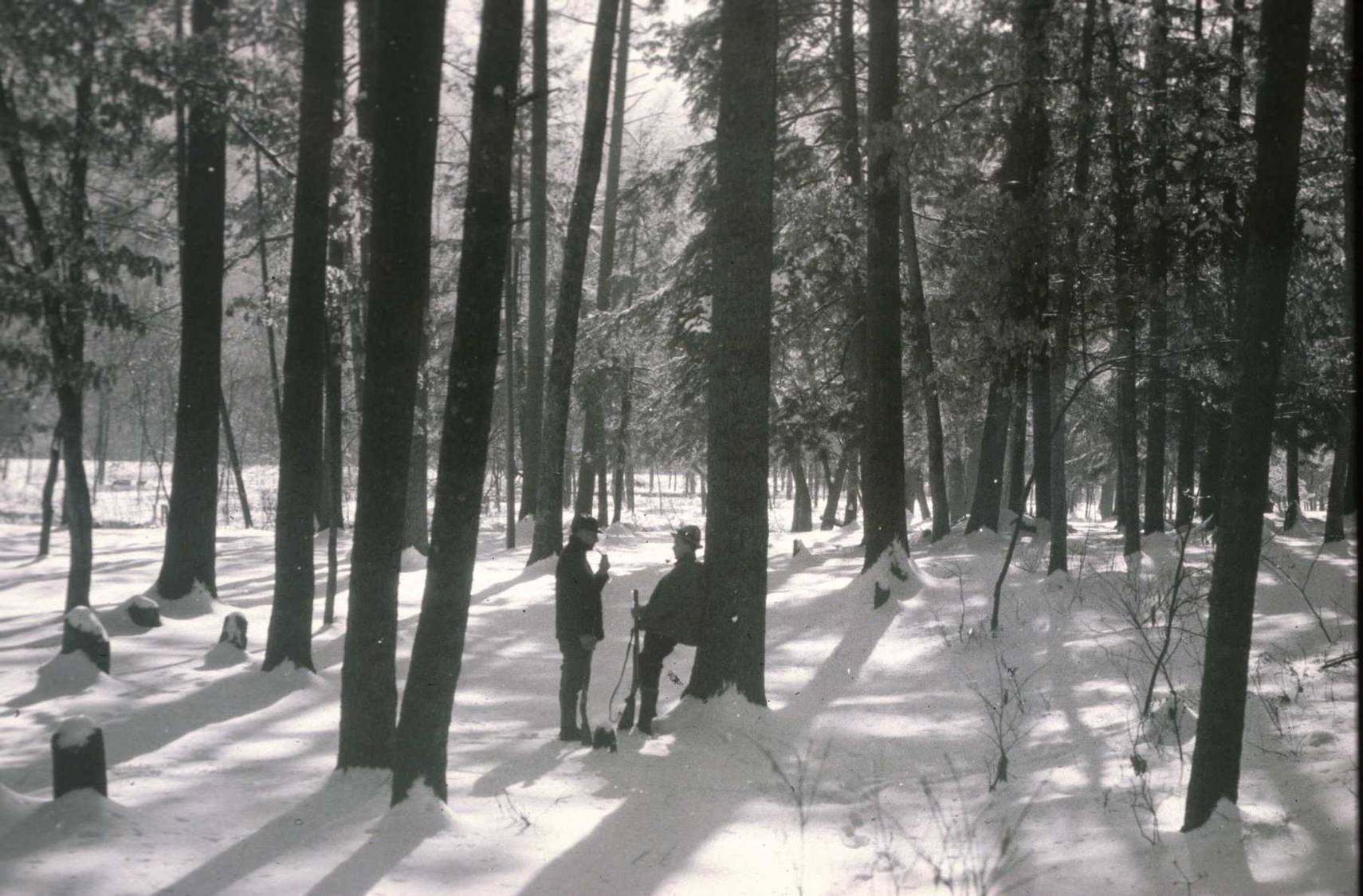Pennsylvania has played an important part in the history of wildlife conservation in the United States. Gifford Pinchot, the first chief of the U.S. Forest Service credited with introducing professional forest management to the United States, served as its 28th governor.
Joe Kosack chronicles the story of Pennsylvania’s conservation history in a new book titled “Pennsylvania’s Wildlife Conservation History.” He picks up where he left off in his first book “The Pennsylvania Game Commission: 100 years of Conservation.” His account is a thorough documentation of wildlife conservation in Pennsylvania beginning with European settlement to our current challenges.
An important part of Pennsylvania’s contribution includes the Pennsylvania Cooperative Fish and Wildlife Research Unit here at Penn State. The Pennsylvania Unit was established in 1938 and today there are more than 40 Units affiliated with land-grant universities across the country. Cooperative Research Units were established to train wildlife professionals. The word “wildlife” didn’t exist until the 1930s, so training biologists to work in this field was new for everyone. The Wildlife Society, the professional organization for wildlife biologists, also was created in 1937 to support the profession and those who worked it.
The very first leader of the Pennsylvania Unit, Logan J. Bennett (1938-1947), served as the president of The Wildlife Society (1947-48) and later became executive director of the Pennsylvania Game Commission (1953-1957).
Another Pennsylvania Unit scientist, Pennoyer F. English (1938-1958) served as president of The Wildlife Society (1946-1947) and has an award named after him (P. F. English Memorial Award) to recognize outstanding undergraduate students in wildlife biology. Dr. English mentored over 60 graduate students during his career.
By the way, another Pennsylvania biologist, Richard Gerstell, was president of The Wildlife Society from 1941-1942. Gerstell was a research biologist for the Pennsylvania Game Commission.
And, of course, this is a blog about deer – and the Unit has a long history of deer-related research beginning with a paper that Bennett and English published in 1940 titled “A study of deer populations by use of pellet-group counts.” A lot has changed since then but readers of the blog know that deer research continues at the Pennsylvania Unit (see Publications).
If you are interested in the history of wildlife conservation in Pennsylvania, I suggest two books that do a fascinating job. The first is the autobiography by the first executive director of the Pennsylvania Game Commission, Dr. Joseph Kalbfus, published in 1928. “A sportsman’s experiences and impressions in the East and the West” covers his youth during the Civil War, travels to Colorado after he left home at age 16, and his work to create the Pennsylvania Game Commission. A fascinating read as he describes sandhill cranes and buffalo in what is now the city of Fort Collins, Colorado, surviving a blizzard on the Great Plains with only a canvas tarp, and singlehandedly arresting violators of wildlife laws.
The second is Joe Kosack’s new book that puts our current wildlife conservation and management in the context of over 100 years of work. The video below offers an introduction to the knowledge that Joe shares in his book.
The book is available through https://huntfish.pa.gov.
-Duane Diefenbach
